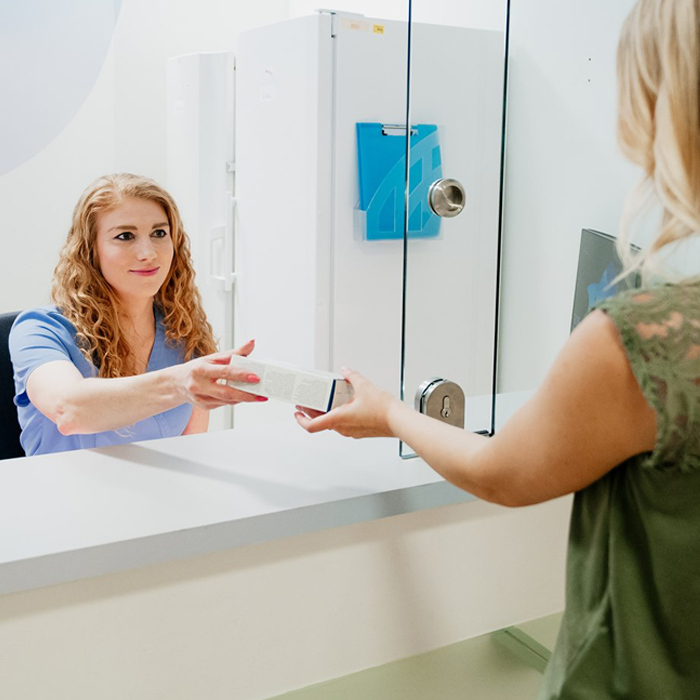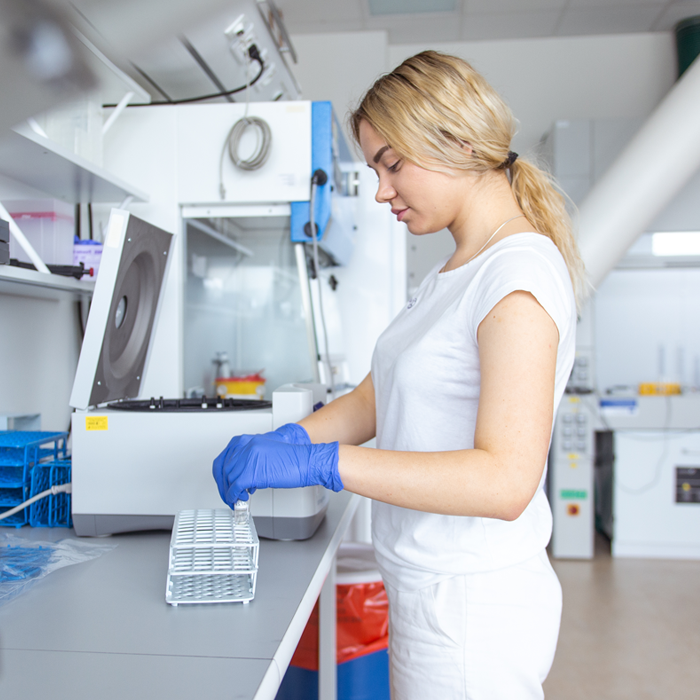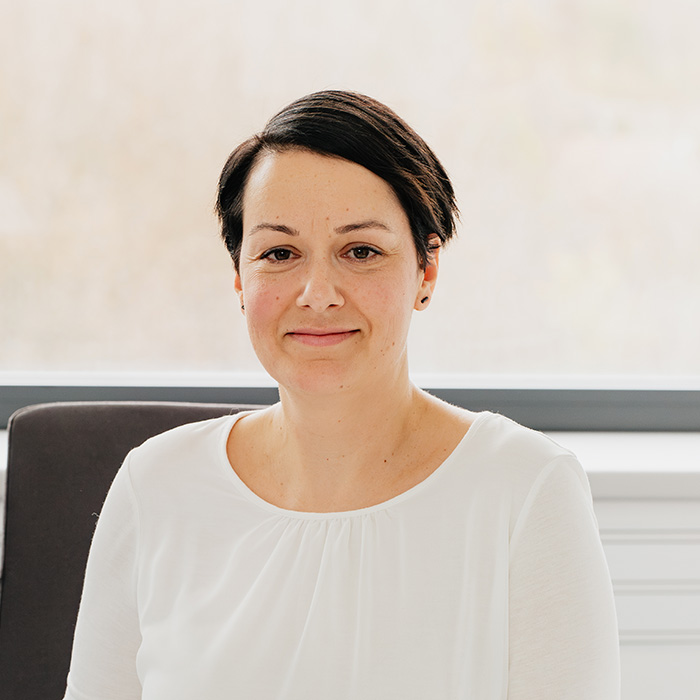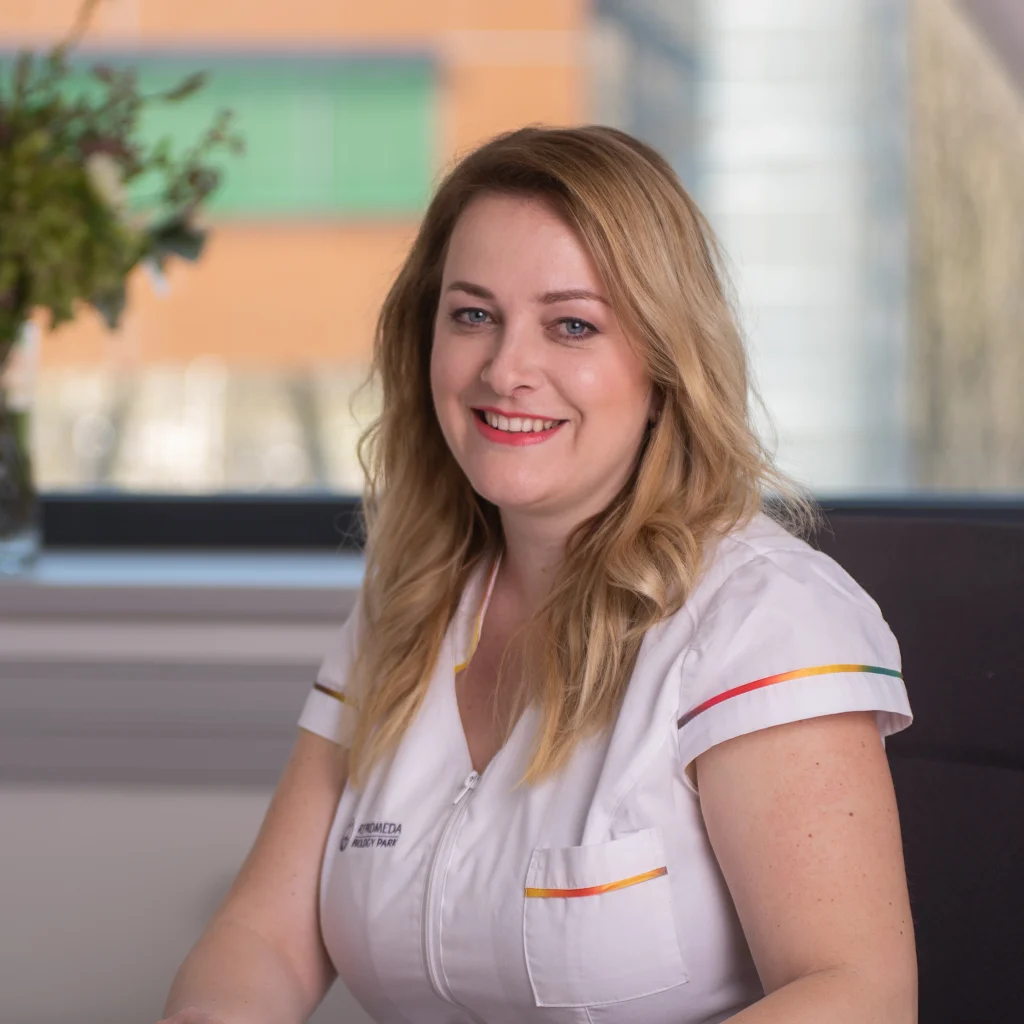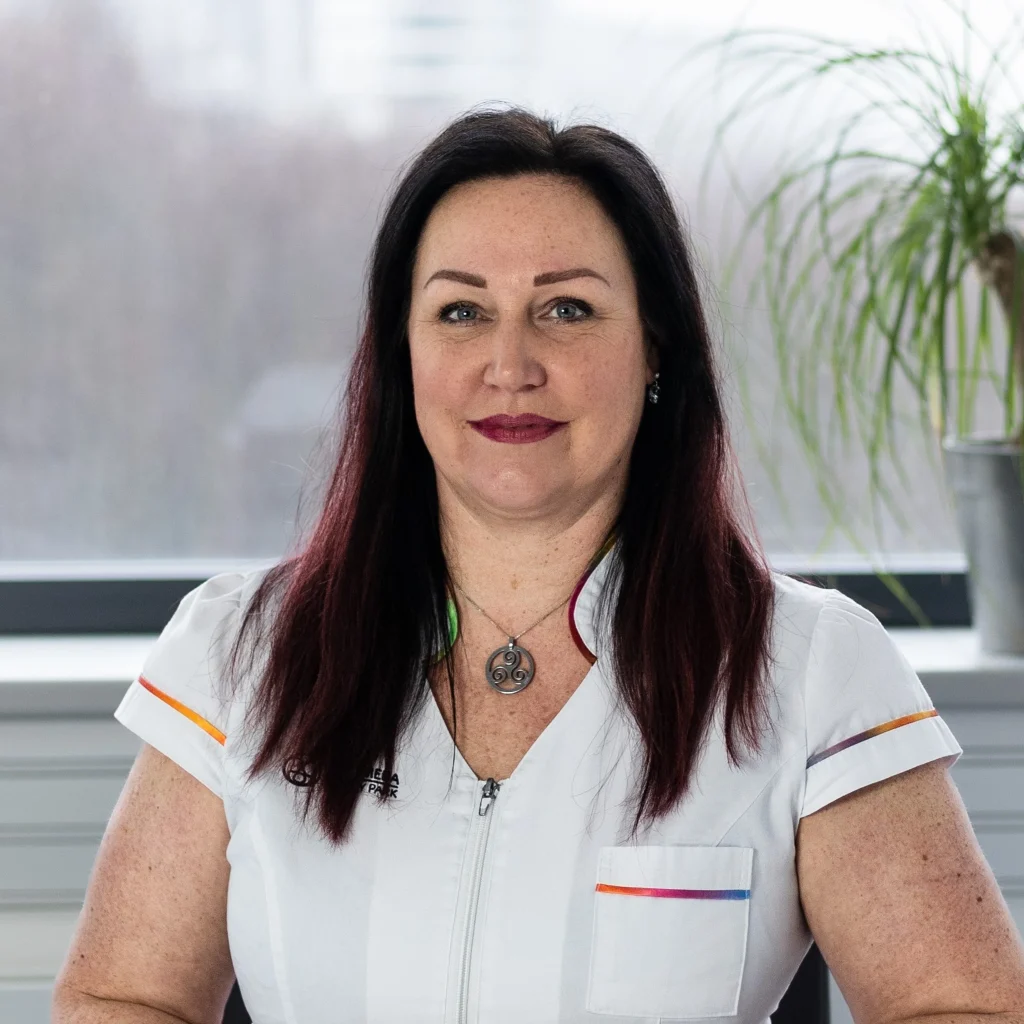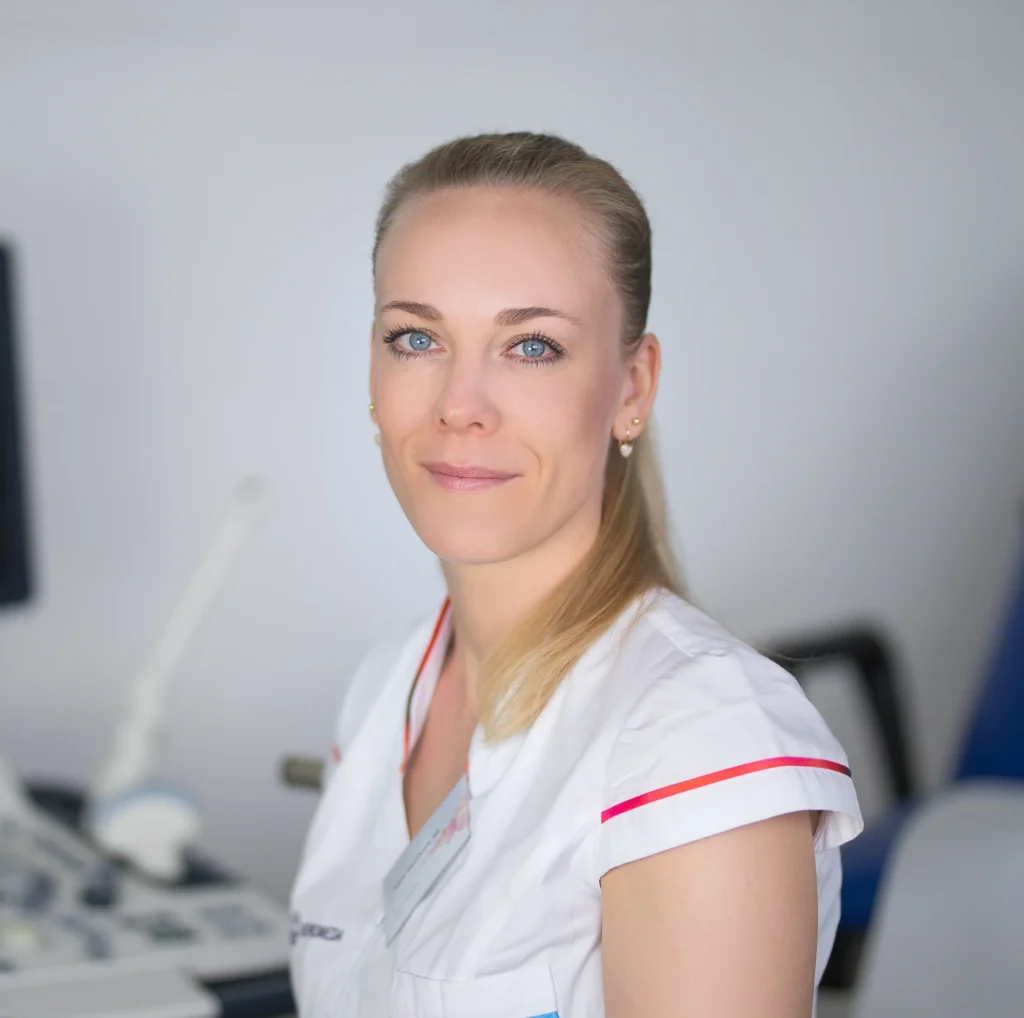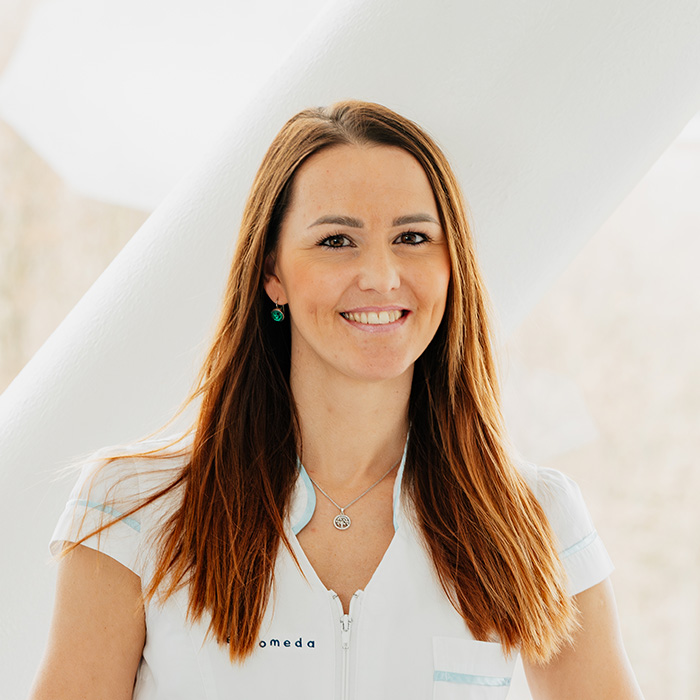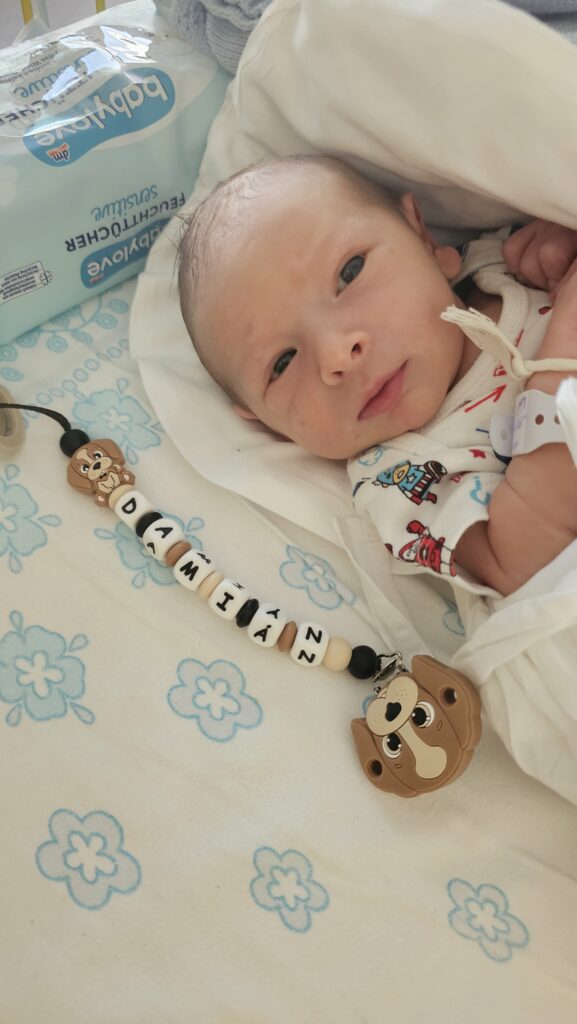Before you go home, you and the coordinator will select a suitable sperm donor. If a woman takes the PANDA genetic test, the donor will not be selected until 4 weeks after the results are received to ensure compatibility.
All donors undergo genetic testing and repeated tests for sexually transmitted diseases. When selecting, we take into account the matching blood group and Rh factor of the donor and recipient and the physical similarity of the donor and recipient. If you wish, it is also possible to focus on character traits and interests.
Donors at our clinic must meet the following requirements:
- age from 18 to 37 years,
- good health,
- absence of hereditary and psychiatric diseases in the family,
- with no history of infertility,
- with no history of drug addiction,
- non-smoker,
- at least a secondary school education ending with a matriculation examination.



